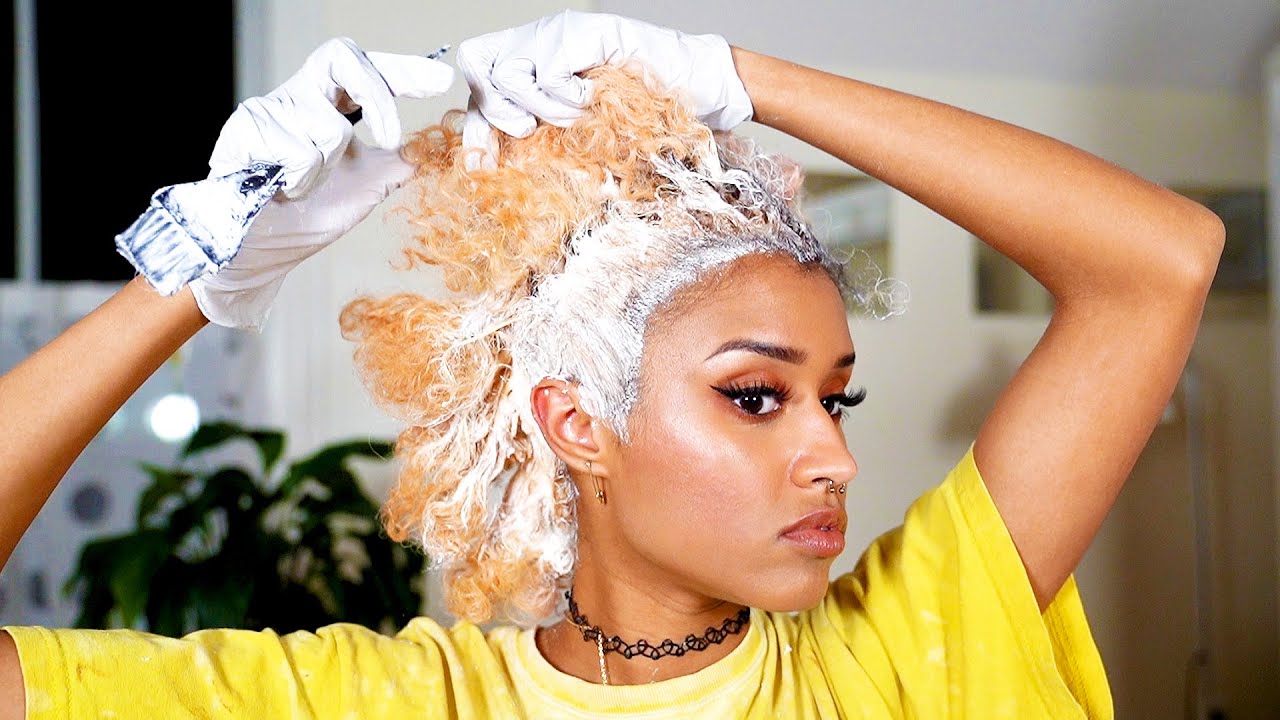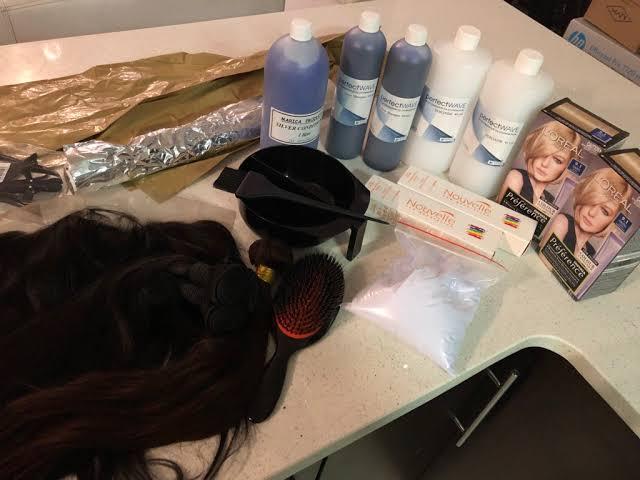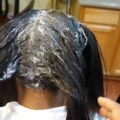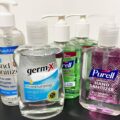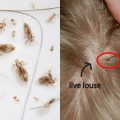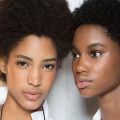Head lice are small, wingless, blood-sucking insects. They live in the hair on your head and feed off the blood from your scalp. A louse (a single adult) is about the size of a sesame seed. A nit (louse egg) is about the size of a small flake of dandruff.
Head lice are contagious. You can become infected with head lice when the insects crawl onto your head. Ways you might get head lice include:
- touching your head to the head of someone with head lice
- sharing the personal items (e.g., comb) of someone with head lice
- using a fabric item after a person with head lice
While transmission of lice via inanimate objects may be possible, it’s been found to be highly unlikely. Some of these inanimate objects may include brushes, combs, barrettes, headbands, headphones, and hats.
It may also be possible for lice to live for a time on upholstered furniture, bedding, towels, or clothing.
Again, it should be stressed that the biggest concern for transmission is close head-to-head contact occurring mainly in children during play. Transmission via objects is a rare exception, according to several sources.
Hair Bleaching
Hair bleaching is a chemical hair dye technique that strips the color of your hair strands. Bleaching begins with an alkaline agent that opens up the hair cuticle. Next comes the oxidative agent that penetrates the hair cortex and dissolves the hairs natural melanin (your hair’s natural color).
The main ingredient in hair bleach is hydrogen peroxide, the main oxidizing agent, in an alkaline solution.
Does Hair Bleach Kill Lice?
Yes, hair bleach can kill lice, but it should not be your go to method. However, while bleach can kill lice, it cannot kill the eggs. So even if you did this, in a few days you would have a new batch of the suckers despite the presence of strong chemicals like hydrogen peroxide, ammonium persulfate, and stearyl alcohol in the hair bleach. This is because these chemicals do not penetrate the hard casings of nits.
If you don’t want to use store bought remedies, there are more natural ways to kill off the lice and their eggs.
How to check for lice on yourself
According to the American Academy of Dermatology, you can check for lice on yourself by following these three steps:
- Wet the hair of the affected child or adult, if possible. Some people think it’s easier to see the lice when the hair is wet. This also prevents the lice from scurrying away.
- Sit the affected child or adult under a bright light.
- Separate hair into sections. Beginning at the scalp, slowly comb outward through the hair section by section.
What to look for
You are looking for adult lice and their eggs (called nits). You’re more likely to see nits than adults because nits are firmly attached to the hair and do not move.
As you comb through the hair, look closely at the hair behind the ears and around the nape of the neck. These are likely places to find lice and nits.
Before the eggs hatch, you will see color, as shown here on the left. After the eggs hatch, you see a clear shell, as seen on the right.
If the person has adult lice or nits, you will see the following:
- Adult lice: These look like one or more light-brown objects that resemble sesame seeds, often moving quickly. You can find these on the scalp or the hair.
- Eggs: These are yellow, brown, or tan objects that look like tiny seeds and appear to be cemented to individual hairs close to the scalp. If an egg has hatched, the seed-like object will be clear.
When looking closely at the scalp and hair, it is important to know that kids—and adults—can have all kinds of stuff in their hair. You may see sand, dirt, lint, or dandruff. All of these comb out easily. Nits seem cemented to the hair and very difficult to remove.
Treating head lice at home
There are several products that you can buy at your local drug or grocery store to get rid of head lice and their nits. These are available without a prescription. Dermatologists offer the following tips for using these products:
First treatment
- Carefully read and follow the directions. Using a lice shampoo usually involves lathering a shampoo into the hair and leaving the shampoo on for a few minutes before rinsing.
- Apply the product to the head of a fully dressed person, and rinse the product out with a spray hose or running water from a sink. These products are not meant for use while taking a shower or bath. You want to limit the amount of skin that the product touches.
- Use only one product. Using two products meant to treat head lice can be harmful. If two different products are necessary, your dermatologist can tell you which ones can be combined.
- Use the amount stated on the product. Using more can be harmful.
- Use the lice comb that comes with the shampoo. The teeth on a lice comb are closer together than the teeth on a regular comb. Placing the teeth closer together makes it easier to remove the lice and their nits.
- Look at the hair 8 to 12 hours after treatment. If the lice seem as active as they were before the treatment, the medicine may not be working. Do not treat again. Talk with your dermatologist. A different lice medicine may be necessary.
The next day
If the medicine seems to be working, you’ll want to:
- Wait two days to wash your hair. This lets the medicated product continue to work.
- Continue to comb through the hair with the lice comb once a day. Doing this for two to three weeks helps to ensure that you get rid of the lice.
Seven to nine days after the first treatment
- Retreat as recommended on the package. Retreatment is generally recommended with all products you can buy without a prescription. Retreatment is usually done seven to nine days after the first treatment. The lice shampoos often are more successful at killing the adult lice than the nits, so retreatment helps to kill any surviving lice that hatched after the first treatment. No approved treatment for head lice can kill all the eggs during the first treatment.
- After applying the second treatment, comb through the hair with the lice comb.
- Wait two days to wash the hair.
- Continue to comb through the hair with the lice comb once a day. Do this for two weeks, checking for lice and nits.
ALSO READ: Does Hair Relaxer Kill Lice?


